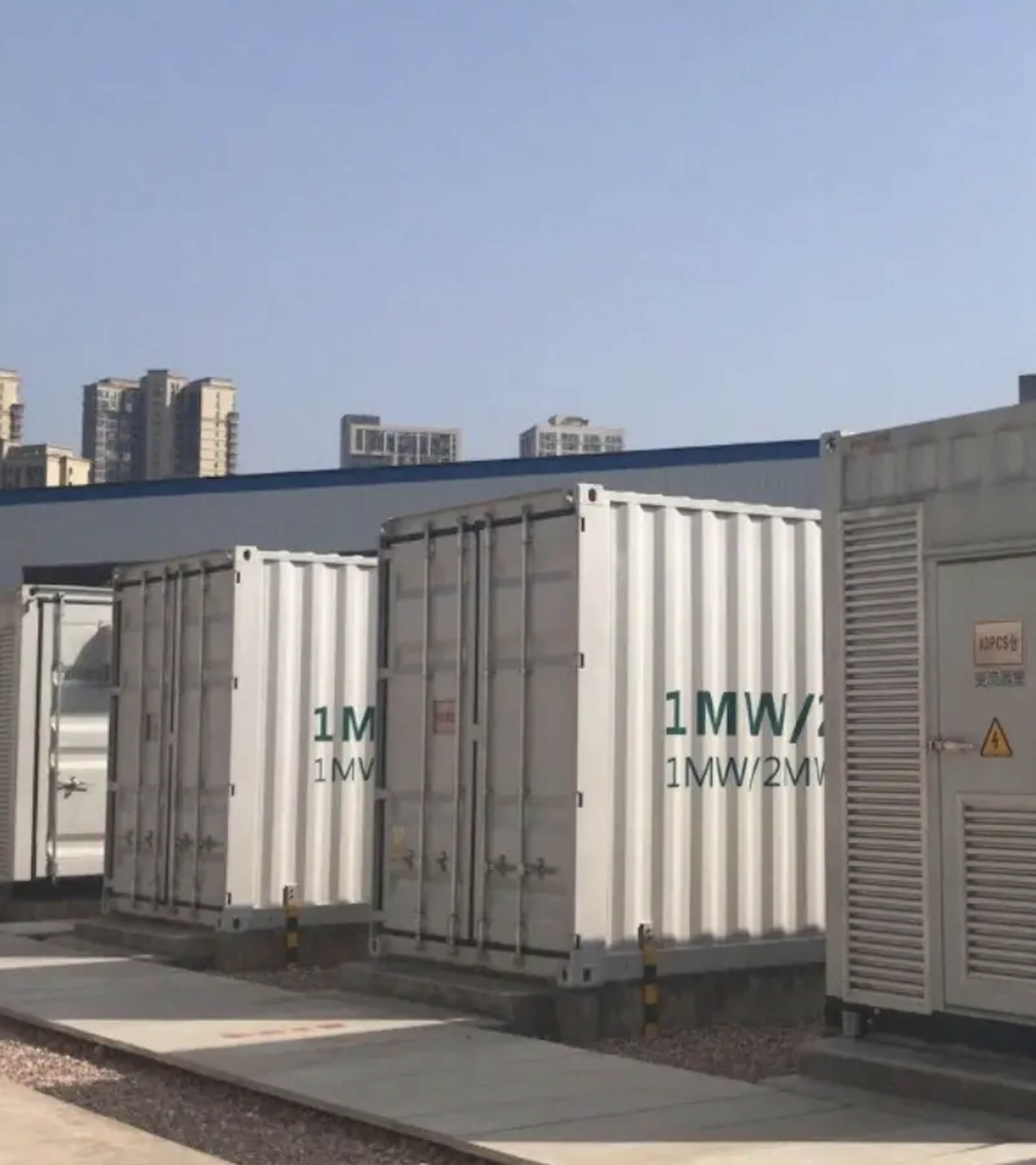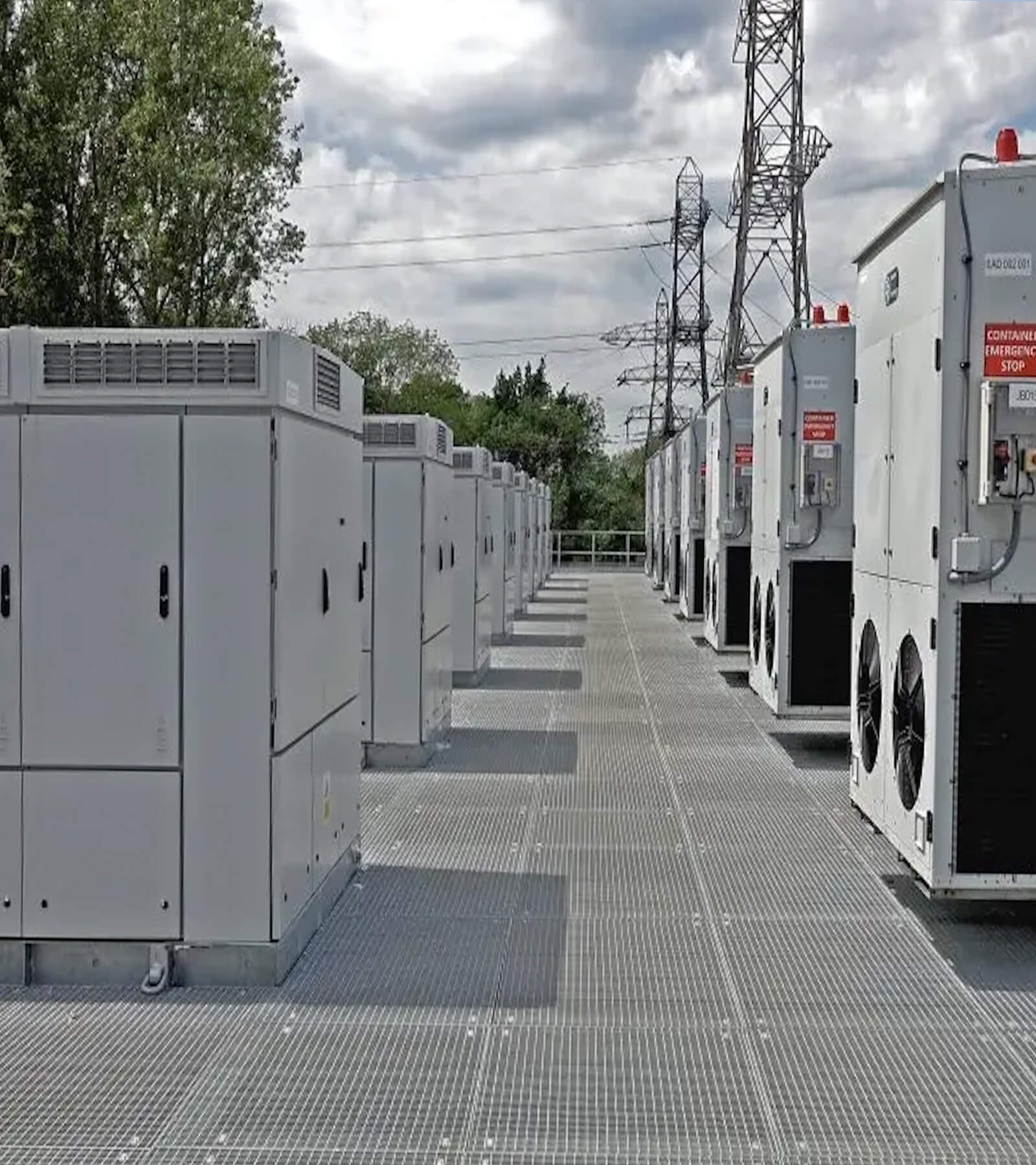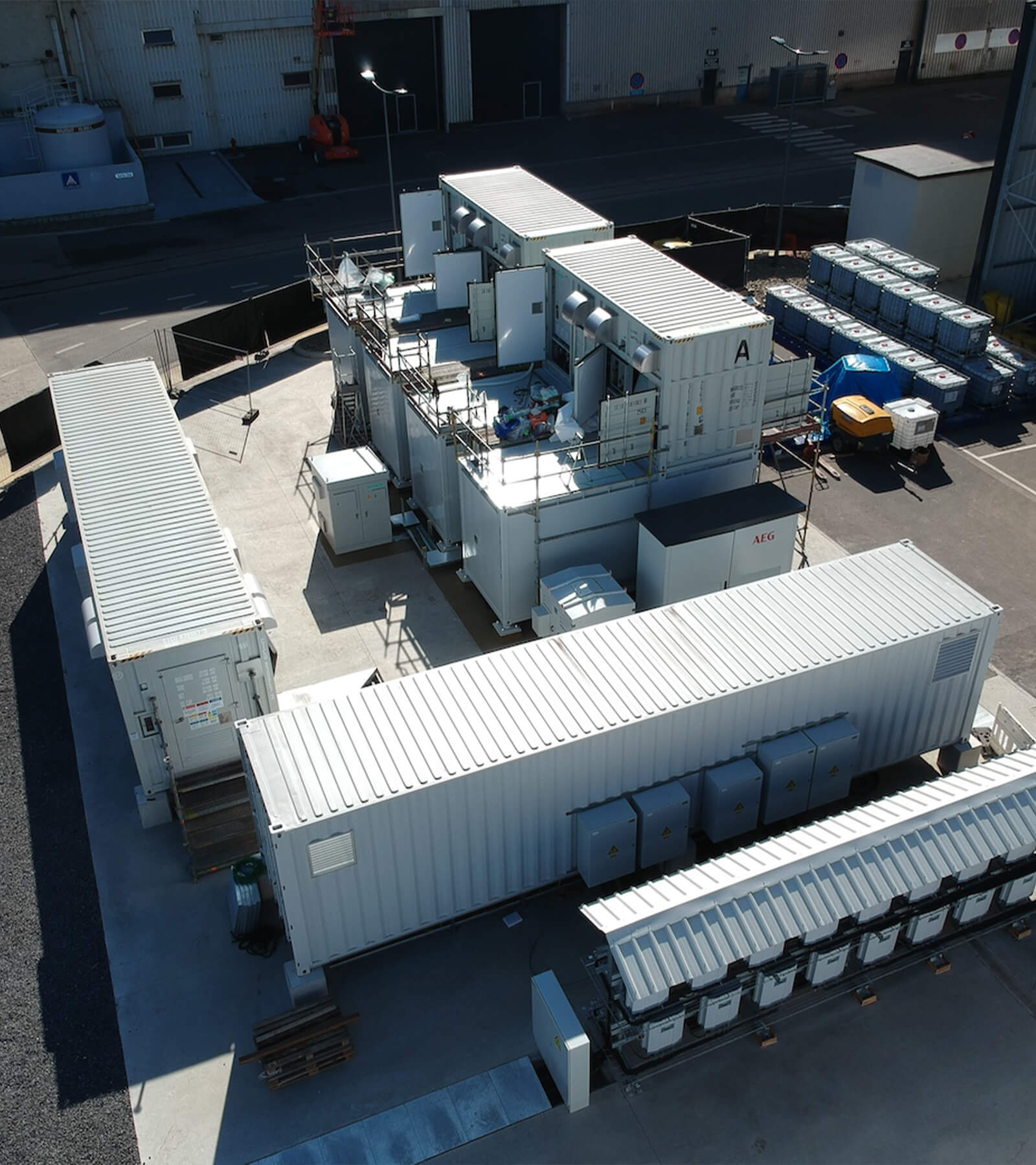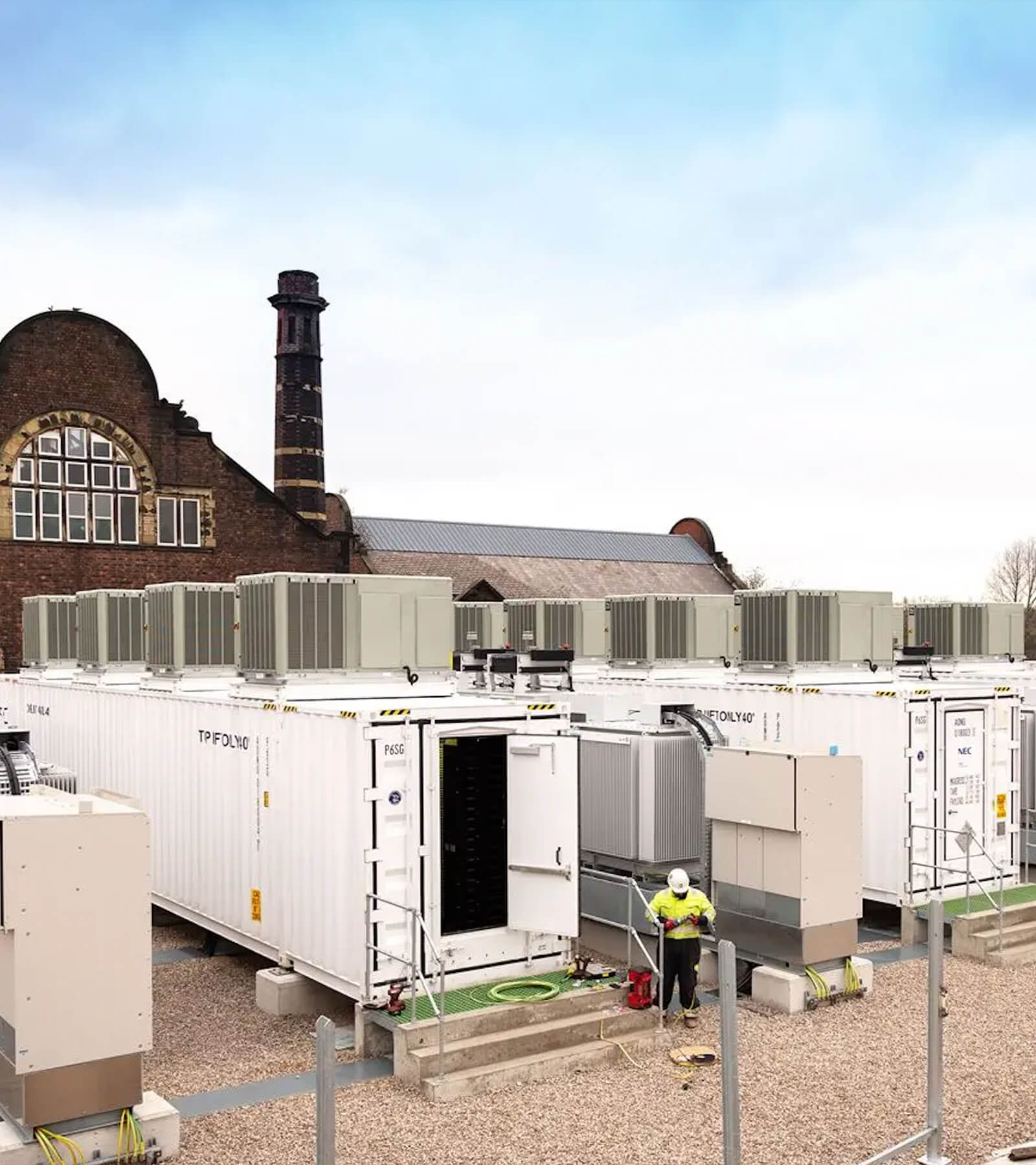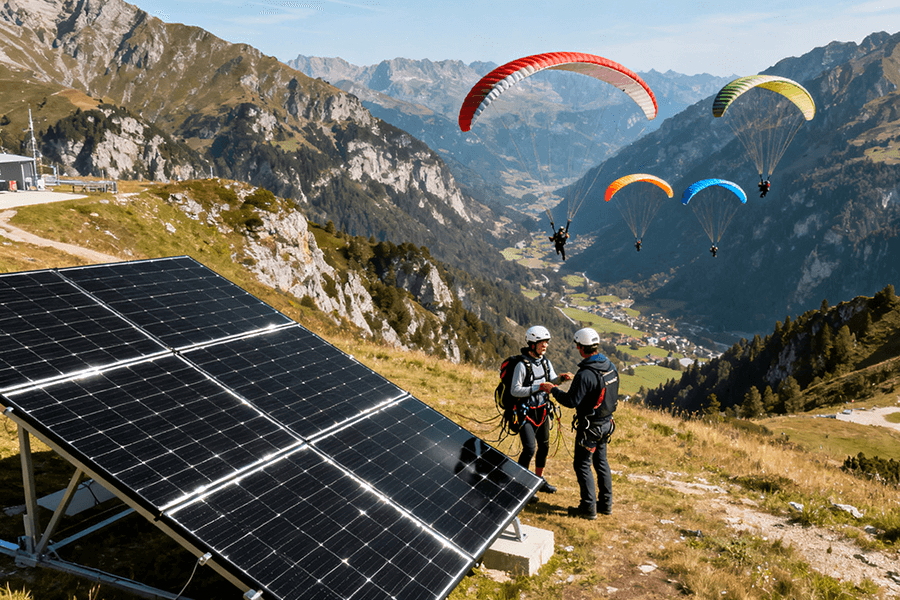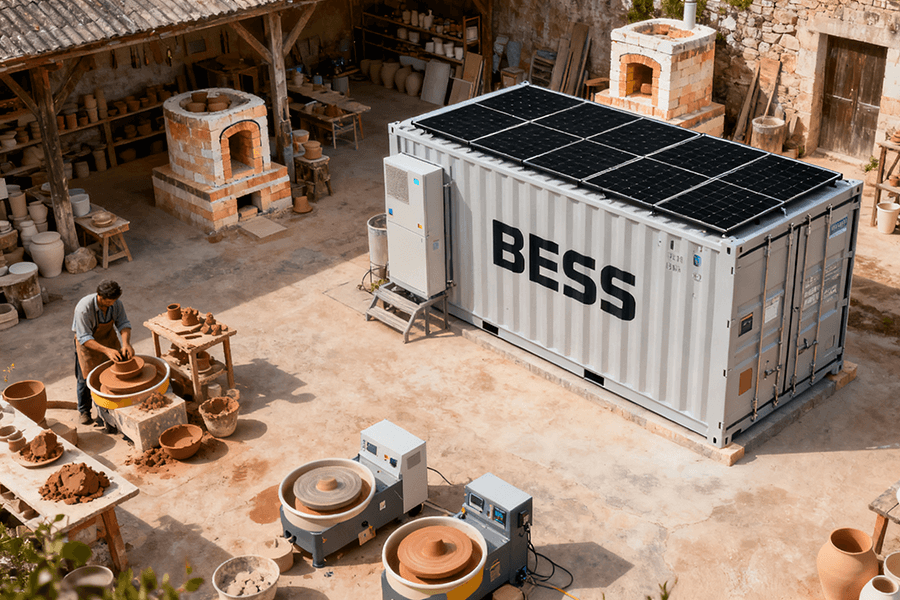Want your BESS Container to outlive its warranty without becoming a grid dinosaur? Stop letting Father Time and dodgy cycling habits win! We expose the real lifespan killers (heat 🔥, brutal DoD ⚡, chemistry quirks) and deliver actionable, chuckle-worthy strategies: smarter maintenance than your car deserves, ninja-grade SoH tracking, and environmental controls that’d impress a Swiss watchmaker. Plus: Warranty fine-print decoded. Maxbo Solar reveals how we bake longevity into every container.
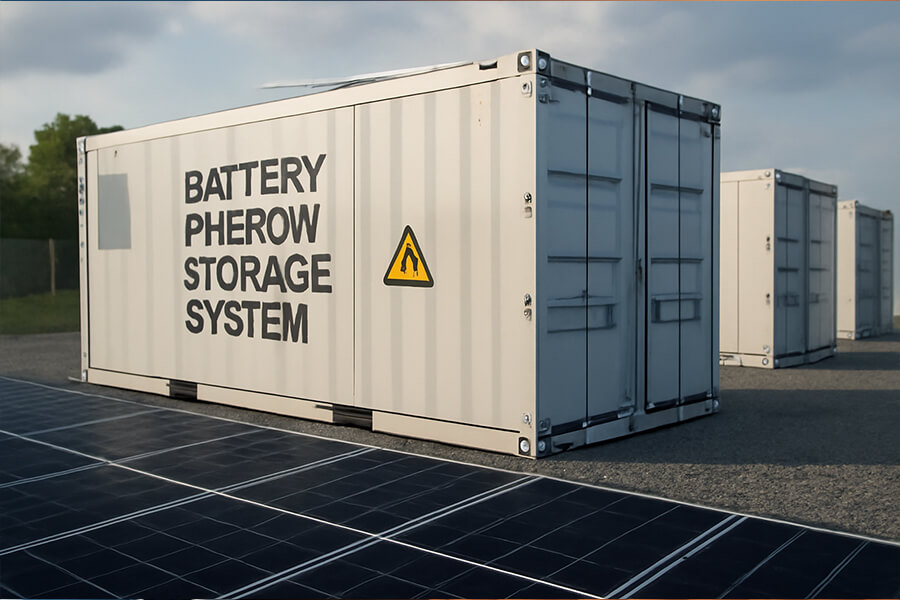
The “Forever Young” Dream vs. Reality
Hook:
Imagine your BESS container is that beloved but slightly temperamental classic car in your garage. You want it to purr forever, but neglect turns it into a rusty lawn ornament faster than you can say “degradation.”
Reality Check:
Unlike fine wine, batteries don’t improve with age. Their lifespan is ruthlessly dictated by physics, chemistry, and – let’s be honest – how well you treat them. By 2025, industry data confirms:
- 80%+ of BESS performance loss stems from preventable factors like thermal stress and cycling abuse (NREL, 2024).
- The average grid-scale BESS lasts 12–15 years – but outliers hit 20+ years with gold-standard care (DNV GL Battery Degradation Report, 2025).
Thesis:
Maximizing your BESS container’s lifespan isn’t magic; it’s proactive TLC and degradation ninja skills. Let’s crack open the secrets (spoiler: it involves less neglect and more science than your average garage project).
Core Message & Data Bridge:
Understanding the key wear-and-tear villains is step one. Here’s what’s silently murdering your ROI:
| Degradation Driver | Impact on Lifespan | $ Cost of Ignorance* |
|---|---|---|
| High Operating Temp (≥35°C) | ↓ 50% faster capacity fade | +$42k per MWh over 10 yrs |
| Deep Cycling (100% DoD) | ↓ 2–3x cycle life vs. 80% DoD | +$110k in early replacements |
| Poor Maintenance | ↑ 30% failure risk by Year 8 | +$75k/container in downtime |
*Source: BloombergNEF BESS Degradation Cost Analysis (2025), based on avg. 2025 replacement cost of $150/kWh.
The Usual Suspects: Who’s Shortening Your BESS Container’s Happy Hour?
Your BESS container’s lifespan isn’t stolen by gremlins – it’s eroded by four predictable villains. Let’s expose them.
1. The Cycling Conundrum: Marathon vs. Brisk Walk
Fact:
Deep cycling (100% DoD) stresses cells like running a marathon daily. Partial cycling (80% DoD) is a power walk – both move energy, but one destroys your knees faster.
Impact & Data:
| Cycling Profile | Cycle Life* | Capacity Fade at 2,000 Cycles |
|---|---|---|
| 100% DoD | 3,500 cycles | 25% fade |
| 80% DoD | 7,000+ cycles | 12% fade |
*Source: NREL Cycling Depth Study (2024) on LFP cells.
Frequent deep cycles accelerate resistance growth by up to 40% and slash ROI. Translation: Brutal cycling = early retirement (Wood Mackenzie, 2025).
2. Temperature Tantrums: The Arch-Nemesis
Fact:
Heat (≥35°C) turbocharges parasitic reactions. Cold (<0°C) starves ions of mobility. Your batteries crave a Goldilocks zone: 15–25°C (59–77°F).
Impact & Data:
| Operating Temp | Lifespan vs. Spec | $ Penalty per MWh* |
|---|---|---|
| 35°C sustained | ↓ 50% shorter | +$28,500 |
| 10°C sustained | ↓ 15% capacity | +$9,000 |
*Source: DNV GL Thermal Degradation Report (2025), based on $150/kWh replacement cost.
“Baking” your container at 40°C? That’s not thermal management – it’s a $500k+ arson attack on your CAPEX (BloombergNEF, 2025).
3. Depth of Discharge (DoD): The “How Low Can You Go?” Dilemma
Fact:
Pushing to 100% DoD every cycle is like redlining your car’s engine – thrilling but piston-meltingly stupid.
Impact & Data:
| Avg. DoD | Cycle Life* | Energy Throughput (MWh) |
|---|---|---|
| 100% | 4,000 cycles | 16,000 MWh |
| 80% | 6,500 cycles | 20,800 MWh |
| 60% | 10,000+ cycles | 24,000 MWh |
*Source: EPRI DoD Optimization Study (2025) on NMC systems.
Shallow cycling (60–80% DoD) squeezes 20–50% more lifetime energy from the same hardware. Your CFO will high-five you.
4. Cell Chemistry: LFP vs. NMC – The Longevity Showdown
Fact:
- LFP (LiFePO4): The endurance champ. 8,000–12,000 cycles at 80% DoD, laughs at heat.
- NMC: The sprinter. 30% higher density but taps out at 5,000–7,000 cycles (80% DoD).
Impact & Data:
| Chemistry | Cycle Life (80% DoD) | Thermal Runaway Risk | 2025 Market Share* |
|---|---|---|---|
| LFP | 8,000–12,000 cycles | Low | 72% |
| NMC | 5,000–7,000 cycles | Moderate | 24% |
Choose wisely: LFP dominates long-duration storage (solar shifting, grid support), while NMC suits space-constrained peaking. There’s no free lunch – just trade-offs.
Fighting Back: Proactive Strategies to Outsmart Father Time
Now that you’ve met the lifespan assassins, let’s arm your BESS container with science-backed defenses.
1. Preventative Maintenance: Your BESS Container’s Spa Day
Actionable Tactics:
- Thermal System TLC: Check coolant levels, pump function, and heat exchangers quarterly. A clogged filter = forcing batteries to run a marathon in a sauna.
- Electrical Vigilance: Torque-check connections biannually (thermal cycling loosens them!). Loose bolts can spike resistance by 15%+ (EPRI, 2025).
- Environmental Hygiene: Replace air filters, inspect seals monthly, and test fire suppression. Neglect invites corrosion – the “rusty hinge” of BESS.
ROI of Rigor:
| Maintenance Activity | Failure Risk Reduction | Cost Savings per MWh* |
|---|---|---|
| Thermal System Checks | ↓ 45% | $18,000 |
| Electrical Torque Audits | ↓ 60% | $27,000 |
| Fire System Testing | ↓ 80% | $210,000+ |
*Source: NREL BESS O&M Best Practices (2025), based on $150/kWh replacement.
2. Advanced Monitoring: Playing Battery Doctor (With Data, Not a Stethoscope)
Actionable Tactics:
- Track State of Health (SoH) via BMS algorithms measuring capacity fade and resistance drift.
- Run quarterly capacity validation tests – catch liars before they drag down the pack.
- Use AI-driven analytics to predict failures 3–6 months out.
Data-Driven Lifespan Boost:
| Monitoring Tactic | Early Detection Rate* | Lifespan Extension |
|---|---|---|
| Real-Time SoH Tracking | 92% | +2.1 years |
| AI Failure Prediction | 87% | +1.8 years |
| Manual Capacity Tests | 65% | +0.9 years |
*Source: Wood Mackenzie Predictive Maintenance Report (2025).
Pro Tip: “Predictive maintenance for your electrons” beats reactive panic every time.
3. Environmental Controls: Creating the Battery Zen Den
Actionable Tactics:
- Temperature Rigor: Maintain 15–25°C (59–77°F). Redundant cooling isn’t paranoia – it’s prudence.
- Humidity Control: Keep RH at 40–60% to avoid condensation corrosion.
- Site Smarts: Avoid direct sun exposure; allow 1m clearance for airflow.
Performance Payoff:
| Environmental Factor | Lifespan Impact* | $ Value per MWh |
|---|---|---|
| Temp Stability (±2°C) | +4.3 years | $64,500 |
| Humidity Control | +1.7 years | $25,500 |
| Strategic Siting | +2.5 years | $37,500 |
*Source: DNV GL BESS Environmental Optimization (2025).
4. Operational Best Practices: Driving Like You Care
Actionable Tactics:
- Limit DoD: Cap cycles at 80–90% DoD – avoid “redlining” your cells.
- Avoid Extremes: Never park at 100% or 0% SoC for >4 hours. 50% SoC is the “sweet nap spot” for storage.
- Gentle Cycling: Keep C-rates ≤0.5C where possible. Fast charges are sprint workouts – save them for emergencies.
Longevity Gains:
| Operational Habit | Cycle Life Boost* | Energy Throughput Gain |
|---|---|---|
| 80% DoD vs. 100% | +85% | +24,000 MWh |
| 50% Storage SoC | +3 years calendar life | N/A |
| 0.5C vs. 1C Cycling | +40% | +8,400 MWh |
*Source: EPRI Operational Longevity Study (2025).
Warranty Wisdom: Reading the Fine Print (Before You Need It)
Your warranty isn’t a longevity target – it’s a safety net with trapdoors. Let’s decode the fine print so you don’t become a “horror story.”
Key Warranty Terms & Hidden Pitfalls
| Clause | What It Means | Risk of Ignorance |
|---|---|---|
| SoH Threshold (e.g., 70%) | Capacity must stay above this after warranty period | ↓ 30% claim denials if below threshold at claim time |
| Duration (e.g., 10 years) | Time-based coverage | ↓ 25% of claims voided by premature aging |
| Cycle/Throughput Limit (e.g., 10,000 cycles or 40,000 MWh) | Whichever comes first | ↑ 40% claims denied for exceeding cycles despite “young” age |
| Exclusions | Improper maintenance, temp violations, missing data | ↑ 65% of all denied claims (DNV GL Warranty Report, 2025) |
| Claims Process | Requires full operational logs & maintenance records | ↓ 68% claim success without documentation |
Source: Wood Mackenzie BESS Warranty Analysis (2025)
The Fine Print Nightmares (And How to Avoid Them)
1. The “Exclusion Loophole” Trap:
- Fact: 65% of denied claims cite “operation outside specs” (e.g., temps >35°C, undocumented maintenance).
- Action: Log EVERYTHING – thermal events, DoD cycles, maintenance. Your BMS data is legal evidence.
2. The “Throughput Time Bomb”:
- Fact: Aggressive cycling can burn through cycle limits in 5–7 years – voiding your “10-year” warranty.
- Data: Projects hitting 100% DoD daily exhaust cycle limits 42% faster than 80% DoD users (EPRI, 2025).
3. The “Data Gap” Denial:
- Reality: Missing 3 months of temperature logs? Claim denied.
- Cost: Average documentation failure = $250,000 in uncovered repairs (BloombergNEF, 2025).
Humorous Reality Check: That warranty doc isn’t bedtime reading, but ignoring it costs more than a divorce lawyer.
Your Warranty Survival Kit
| Action | Why It Matters | Outcome |
|---|---|---|
| Audit specs monthly | Match operations to warranty requirements | ↓ 75% exclusion risk |
| Store logs in triplicate | Cloud + local + offline backups | ↑ 90% claim success rate |
| Pre-negotiate exclusions | Clarify “improper maintenance” upfront | Avoids $180k+ disputes |
| Demand clarity on “whichever comes first” | Cycles vs. years | Prevents 55% of coverage gaps |
The Maxbo Solar Angle: Your Partner in BESS Longevity (First Person Intro)
- Shift: “Okay, enough theory. You might be wondering how this plays out in the real world. At Maxbo Solar, we eat, sleep, and breathe BESS performance and longevity. We don’t just sell containers; we partner with operators for the long haul.” (Natural Transition to 1st Person)
- Our Approach:
- Built-In Intelligence: Our BESS containers come equipped with advanced monitoring systems designed for precise SoH tracking and early anomaly detection – the cornerstone of proactive maintenance.
- Robust Environmental Control: We obsess over thermal management design (redundant cooling, smart airflow) and rigorous environmental sealing because we know temperature is a silent killer. We build zen dens for batteries.
- Operational Guidance: We don’t just hand over the keys. We provide clear operational guidelines and support to help you implement those best practices that make a tangible difference to lifespan.
- Proactive Maintenance Support: Our team offers tailored preventative maintenance plans and expertise because we believe a stitch in time (or a torque check in time!) saves nine… or a very expensive replacement.
- Focus on Value: Maximizing lifespan isn’t just about avoiding replacement costs; it’s about maximizing the ROI and sustainability of your entire energy storage investment over its operational life. That’s the outcome we engineer for.
- Call to Action (Subtle): “Keeping a complex system like a BESS container running optimally for 15+ years takes the right technology, the right practices, and the right partner. We’re constantly innovating to push those boundaries. Want to see how our approach translates to real-world longevity for projects like yours? Dive deeper into our solutions and philosophy at www.maxbo-solar.com.” (Direct but Professional)

